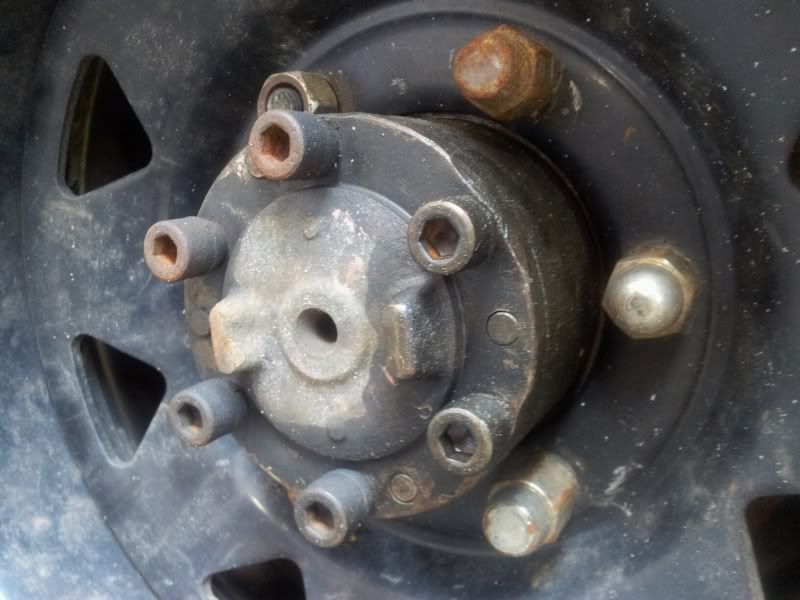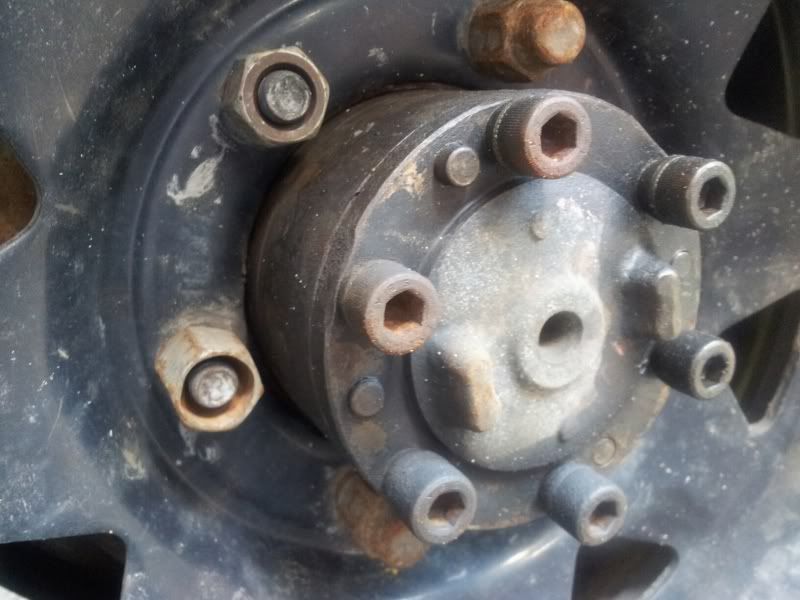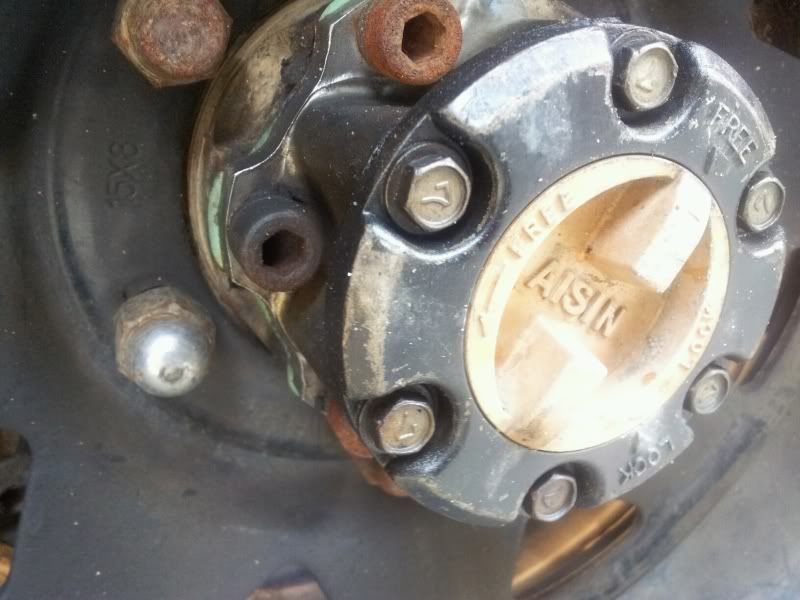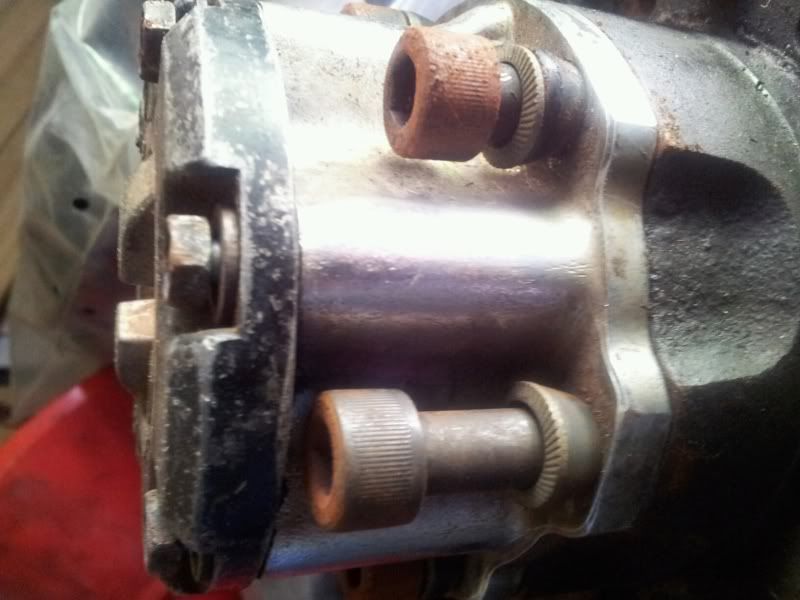I have done an upgrade to the studs/dowels on the 80 series axles on my cruiser. Some (not all) of us have had issues with them shearing with the larger tyres or higher torque/HP of engine conversions.
Some people run M8 Socket Head Cap Screws or ARP studs and been fine, and some have also drilled and tapped to the M10 studs that come on 100/79 series and later cruisers. However in my opinion these don't address the issue of why they snap in the first place, and i HAVE first hand blown these too. (M8 SHCS). The fault with the OEM system and upgrades is that the thread is adjacent to the shear plane(the weakest part of a stud). Also, technically, studs are best used in a tension application instead of shear like head bolts or big end bolts. After consulting with an engineer we decided that milling and machining a drive slug a la Dana axles was just not cost effective. His recommendation was to get the root of the thread beneath the surface of the shear plane by 1.5x diameter of the stud, in as close a fitting hole as possible to eliminate lateral fatigue moments.
I went home, did a LOT of measuring, and found a way to drill, tap, and COUNTERSINK the shank of an M10 SHCS into the hub.
Edit : Please note that this, and any other upgrade will be less effective if the axle housing isn't STRAIGHT. If you are constantly blowing studs, can't keep oil out of the bearings, or finding studs are constantly working loose you MUST check the straightness of the housing.!!
The conversion that i have done, i believe is a far better engineering result, isn't that hard to accomplish, and i have proven to work. At last years KOTR i pre-ran the course and due to a labelling mix up accidentally ran the whole course with the front locker engaged and the rear disengaged. Full wide open throttle, up hills, down hills, turning, you name it, all with the front locked in. The front hubs are the weaker of the two axles as it's impossible to upgrade the existing dowels or add more due to the cut outs on the hub. No failures AT ALL. Now if only the same could be said for my steering the next day....
Now some people may get on here and say that it's crap, or toyota vs. nissan horseshit. I don't give a flying fark. I'm not here to debate bullshit, i just wanted to give people both the option, and the information to do this if they wish. Although if any ACTUAL engineers wish to pipe up and correct me i'm fine with that.
I don't have pics at the moment, however i am endeavouring to get the wife to take some while i'm away. So if there's any confusing bits that need cleared up then please feel free to chime in and i'll do my best.
This will be a multi post thread as i suck at writing heaps of shit all at once, so please bear with me.




